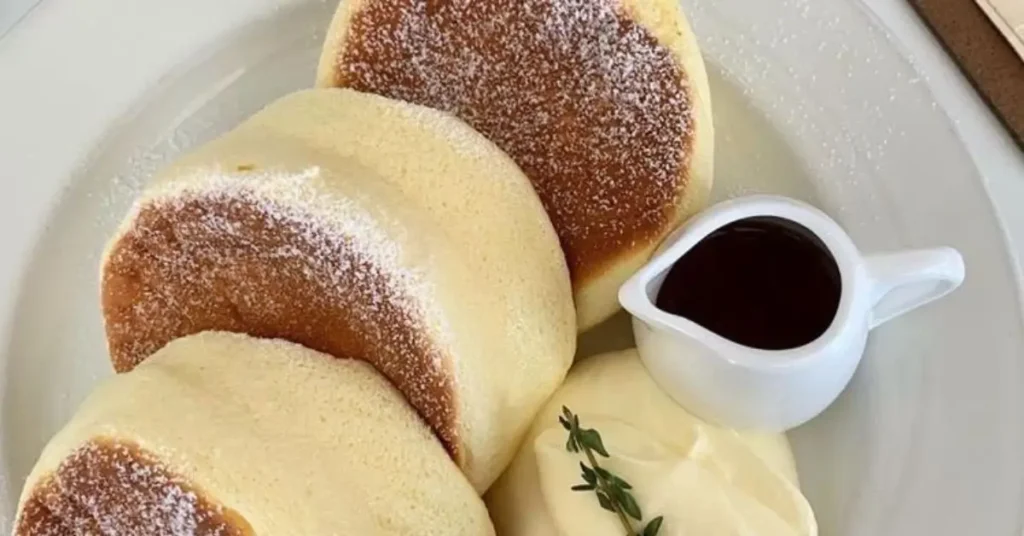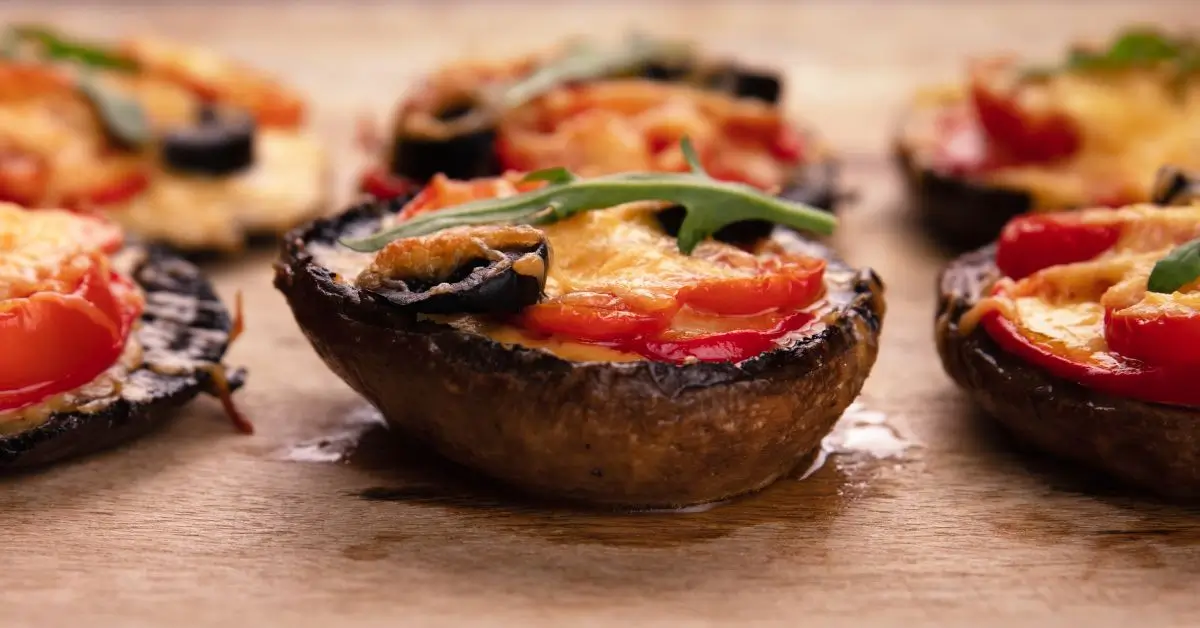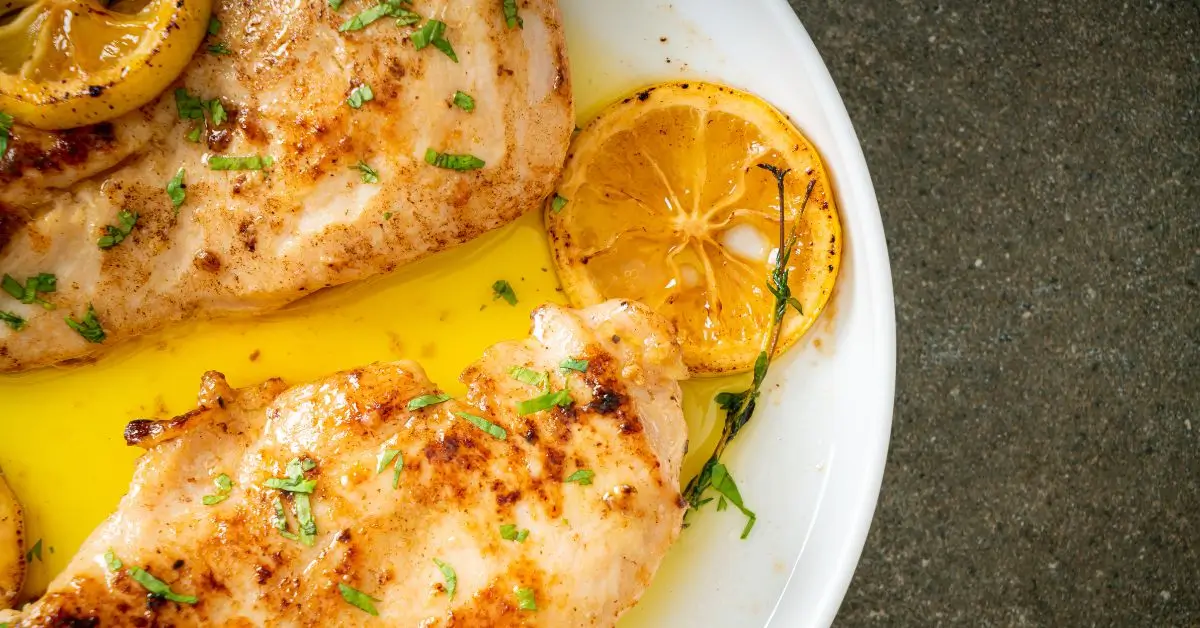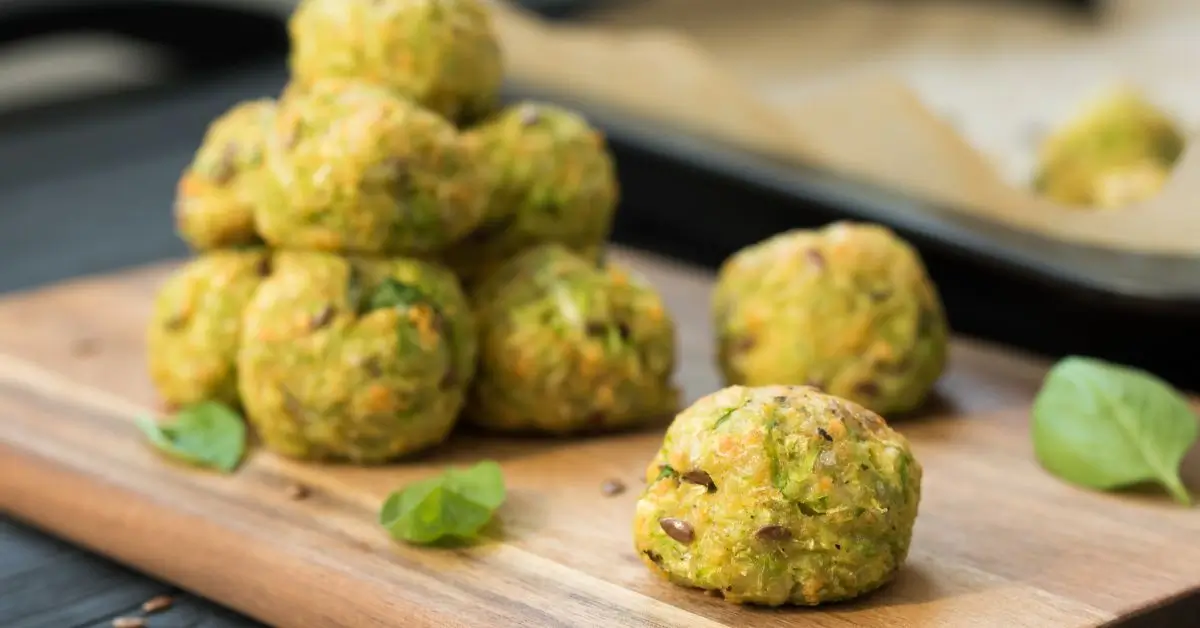Japanese soufflé pancakes, a culinary delight from the Land of the Rising Sun, have taken the world by storm with their fluffy, jiggly, and pillowy soft texture. Unlike traditional pancakes, these soufflé pancakes are a harmonious blend of simplicity and technique, offering a unique twist to the breakfast table. In this article, we’ll embark on a journey to master the art of making these delightful pancakes. From the essential ingredients and tools to step-by-step instructions, we’ll cover everything you need to know to create these heavenly treats at home.
Preparation Phase & Tools to Use
Before diving into the recipe, it’s crucial to gather the right tools and prepare your workspace. For Japanese soufflé pancakes, precision and technique are key, so having the appropriate equipment at hand is essential. Firstly, you’ll need two mixing bowls to separate the egg whites and yolks, a crucial step in achieving the desired fluffiness. A hand mixer or a stand mixer is necessary for whipping the egg whites to stiff peaks, a process that infuses air and gives the pancakes their signature lightness.
A fine mesh sieve is also important for sifting the flour and baking powder, ensuring a smooth, lump-free batter. Additionally, a rubber spatula is indispensable for gently folding the meringue into the batter, a step that requires a delicate touch to maintain the airiness.
For cooking, a nonstick pan is a must. It prevents sticking and ensures even cooking. A lid or a heatproof bowl to cover the pan is also necessary to cook the pancakes thoroughly. Lastly, consider a large spoon, cookie scoop, or piping bag with a large round tip for portioning the batter into the pan. Each tool offers different advantages in shaping and size consistency of the pancakes.
Ingredients List
- Eggs: The backbone of the recipe, providing structure and fluffiness.
- Milk: Adds moisture and richness. Whole milk is recommended for the best flavor.
- All-purpose flour: Gives the pancakes a bit of chew for a balanced texture.
- Baking powder: A leavening agent to help the pancakes rise.
- Vanilla extract: Enhances flavor; a classic in pancake recipes.
- Sugar: Sweetens the pancakes and stabilizes the egg white meringue.
- Vinegar: Helps stabilize the egg whites for the meringue. Can be substituted with lemon juice or cream of tartar.
- Oil: For cooking; any neutral oil will do.
Step-by-Step Instructions
- Separate Eggs: Begin by separating the egg whites and yolks into two bowls. Be careful not to break the yolks.
- Mix Yolk Batter: In the yolks, add milk and vanilla, whisking briefly. Sift in flour and baking powder, and whisk until smooth.
- Whip Egg Whites: Add vinegar to egg whites. Start beating at medium speed until frothy, then gradually add sugar. Beat to stiff peaks.
- Fold in Meringue: Gently fold a third of the meringue into the yolk batter until evenly combined. Add the rest, folding gently.
- Prepare for Cooking: Use a spoon, cookie scoop, or piping bag to portion the batter.
- Cook Pancakes: In a greased, low-heat nonstick pan, portion the batter. Cover and cook for 7-8 minutes, flip, then cook for another 5-6 minutes.
Nutritional Information & Health Benefits
Japanese soufflé pancakes are not just a treat for the taste buds but also offer some nutritional benefits. Eggs, a primary ingredient, are a great source of high-quality protein and contain essential vitamins and minerals. They contribute to muscle strength, brain health, and energy production. The milk in the recipe adds calcium, crucial for bone health, and vitamin D.
While these pancakes are a healthier option compared to traditional pancakes due to their lighter texture and less flour content, moderation is key. They contain sugar and flour, which should be consumed in controlled amounts, especially for those monitoring their carbohydrate intake. However, the fluffy texture means you might consume fewer pancakes to feel satisfied, potentially reducing overall calorie intake.
Common Mistakes To Avoid & How to Perfect the Recipe
Creating the perfect Japanese soufflé pancakes can be a bit of a challenge, but being aware of common pitfalls can help you achieve better results. One of the most frequent mistakes is overmixing the batter. This can deflate the meringue, leading to less fluffy pancakes. Instead, fold the meringue gently and just until combined. Another error is incorrect cooking temperature. If the heat is too high, the pancakes will burn on the outside and remain uncooked inside. Cook them on a low heat to ensure they cook evenly and thoroughly.
The consistency of the egg white meringue is also crucial. Under-whipped or over-whipped meringue won’t provide the necessary structure and airiness. Aim for stiff peaks that hold their shape. Additionally, ensure your measurements are precise, especially for flour and baking powder, as the ratio of dry to wet ingredients affects the batter’s consistency.
To perfect these pancakes, practice patience and attention to detail. The gentle folding of ingredients, the careful monitoring of the cooking process, and the precise measurement of ingredients all contribute to the final quality of the pancakes.
Tips, Notes, Storing, and Reheating
Tips and Notes: For the fluffiest pancakes, use room temperature eggs, as they whip better. If you’re using a piping bag, a large round tip like the Wilton 2A can help achieve a uniform shape. Remember, practice makes perfect, especially when it comes to the delicate process of folding in the meringue and cooking the pancakes.
Storing: If you have leftovers, store them in an airtight container in the refrigerator for up to two days. They won’t be as fluffy as when freshly made, but they’ll still be delicious.
Reheating: To reheat, place the pancakes in a microwave-safe dish and cover them with a damp paper towel. Microwave on medium power for 20-30 seconds or until heated through. Alternatively, reheat them in a non-stick pan over low heat for a minute or two on each side.
FAQs
Q: Can I make these pancakes gluten-free? A: Yes, you can substitute the all-purpose flour with a gluten-free flour blend. However, the texture might vary slightly.
Q: Can I make the batter ahead of time? A: It’s best to make the batter and cook the pancakes immediately. The meringue will start to lose its airiness over time, affecting the fluffiness of the pancakes.
Q: Can I use a different type of milk? A: Yes, you can use any milk you prefer, including plant-based alternatives. Keep in mind that the flavor might change slightly.
Q: How do I know when to flip the pancakes? A: Flip the pancakes when the bottom side is golden brown, and bubbles start to form on the top, usually after 7-8 minutes of cooking.
Q: Can I add toppings or mix-ins to the batter? A: It’s best to add toppings like fruits or syrup after cooking, as mix-ins can weigh down the batter and affect the fluffiness.
Conclusion
Mastering Japanese soufflé pancakes might take a bit of practice, but the result is undoubtedly worth the effort. These pancakes are not just a dish but an experience – light, fluffy, and delightfully soft. They’re perfect for a special breakfast or brunch and are sure to impress anyone who tries them. Remember the key tips, avoid common mistakes, and enjoy the process of creating these culinary clouds. Happy cooking!
Print
Fluffy Japanese Soufflé Pancakes
- Yield: 1 serving (2 to 3 pancakes)
Description
Start your day with a taste of Japan! 🥞 Discover how to make irresistibly fluffy and jiggly Japanese soufflé pancakes with our simple guide. Perfect for a special breakfast or brunch that will impress everyone.
Ingredients
- Eggs: The backbone of the recipe, providing structure and fluffiness.
- Milk: Adds moisture and richness. Whole milk is recommended for the best flavor.
- All-purpose flour: Gives the pancakes a bit of chew for a balanced texture.
- Baking powder: A leavening agent to help the pancakes rise.
- Vanilla extract: Enhances flavor; a classic in pancake recipes.
- Sugar: Sweetens the pancakes and stabilizes the egg white meringue.
- Vinegar: Helps stabilize the egg whites for the meringue. Can be substituted with lemon juice or cream of tartar.
- Oil: For cooking; any neutral oil will do.
Instructions
- Separate Eggs: Begin by separating the egg whites and yolks into two bowls. Be careful not to break the yolks.
- Mix Yolk Batter: In the yolks, add milk and vanilla, whisking briefly. Sift in flour and baking powder, and whisk until smooth.
- Whip Egg Whites: Add vinegar to egg whites. Start beating at medium speed until frothy, then gradually add sugar. Beat to stiff peaks.
- Fold in Meringue: Gently fold a third of the meringue into the yolk batter until evenly combined. Add the rest, folding gently.
- Prepare for Cooking: Use a spoon, cookie scoop, or piping bag to portion the batter.
- Cook Pancakes: In a greased, low-heat nonstick pan, portion the batter. Cover and cook for 7-8 minutes, flip, then cook for another 5-6 minutes.
Notes
For the fluffiest pancakes, use room temperature eggs, as they whip better. If you’re using a piping bag, a large round tip like the Wilton 2A can help achieve a uniform shape. Remember, practice makes perfect, especially when it comes to the delicate process of folding in the meringue and cooking the pancakes.
- Category: Breakfast
- Method: Stovetop
- Cuisine: Japanese



